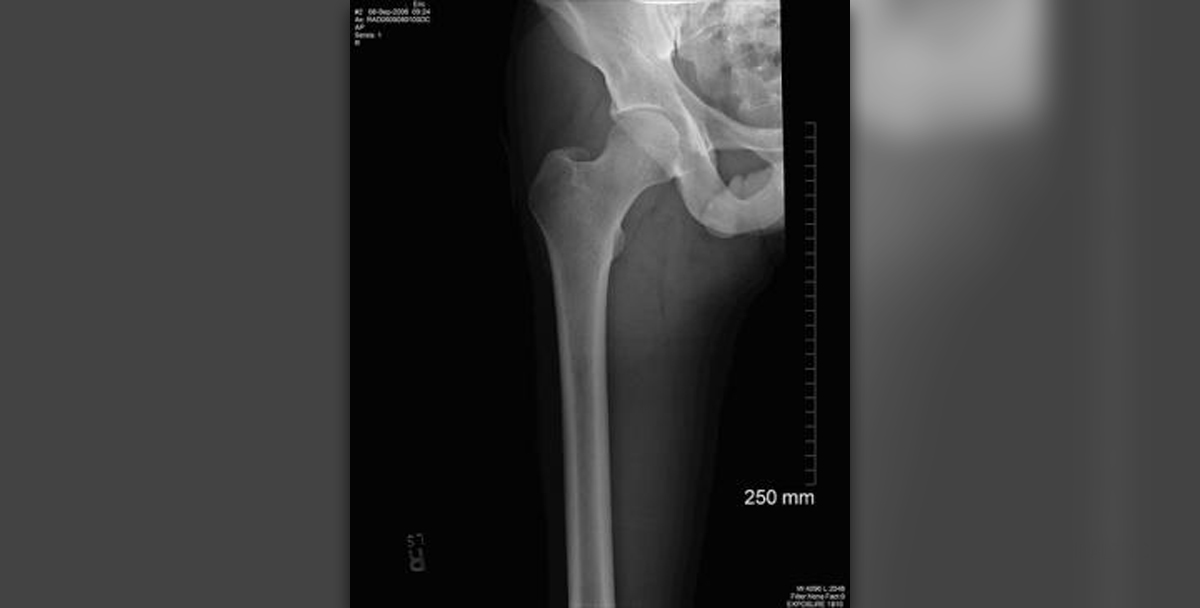
Cancer that develops from bone cells is called primary bone cancer. This type of cancer is not so common. Bone metastases (secondary bone cancers) are much more common.
Primary bone cancer can start in each bone of the body. It is more common in children or young adults than older people. The synonym for primary bone cancer is sarcoma. Among different types osteosarcoma, chondrosarcoma and Ewing\'s sarcoma occur most. In case of osteosarcoma long bones are the primary site and men are usually affected more than women. It starts between the age of 10 and 25. Ewing\'s sarcoma is common for teenagers. In this case middle part of large bones are the primary sites of the tumors. Those bones include hipbone and long bones located in thigh and upper arm. There have been cases of Ewing\'s sarcoma with the primary site in ribs. Chondrosarcoma affects mainly adults. It develops from cartilage, the tissue present in joints.
Secondary bone cancers (metastases) are much more common. Breast, prostate, lung, kidney, thyroid, pancreatic and stomach cancers are the one which are inclined to give bone metastases.
Symptoms of bone cancerChronic and persistent pain, swelling and pain in the bone are regular symptoms. The growth of the tumor can lead to fractures and then bone X-ray or other examination (CAT scan, MRI) can show the presence of tumor.
DiagnosisPain and swelling are the symptoms that lead patients to see their doctors. If fracture happens bone X-ray or CAT scan may point to tumor, but definite diagnosis is established pathologically after biopsy or complete surgery. Metastatic carcinomas are to be taken into consideration immediately after the patient with the primary carcinoma of other sites reports pain in certain bones. In this case all previously mentioned radiological methods even radionuclide bone scan can be helpful in setting the diagnose of secondary bone carcinoma.
TreatmentIn case of primary tumors the outcome depends on different factors (patient\'s age, the size of primary tumor, its grade and stage, degree of lymphatic and blood vessel invasion, and the location of the primary tumor). The treatment is aimed to reduction or complete elimination of the tumor if possible. This is done surgically. Surgery is often quite serious and extensive. Beside the very tumor surrounding tissue also has to be removed to make sure that even microscopically parts of the tumor have been eliminated. Postoperative regimes include chemotherapy or radiotherapy. The first one includes different combinations of chemotherapeutics with a lot of side effects. Radiotherapy is conducted in order to sterilize the scar and surrounding tissue and in that way reduce a chance of local recurrences. If after initial surgery, chemotherapy and radiation metastases occur a second line chemotherapy represents an optional treatment.
Secondary tumors are treated systemically with chemotherapy, hormone therapy and immunotherapy. Radiotherapy can help locally in reduction of pain and recalcification of a damaged bone or sometimes a surgery is possible. As people with bone metastases experience pain of different intensity painkillers are the drugs of choice.

















Your thoughts on this
Loading...